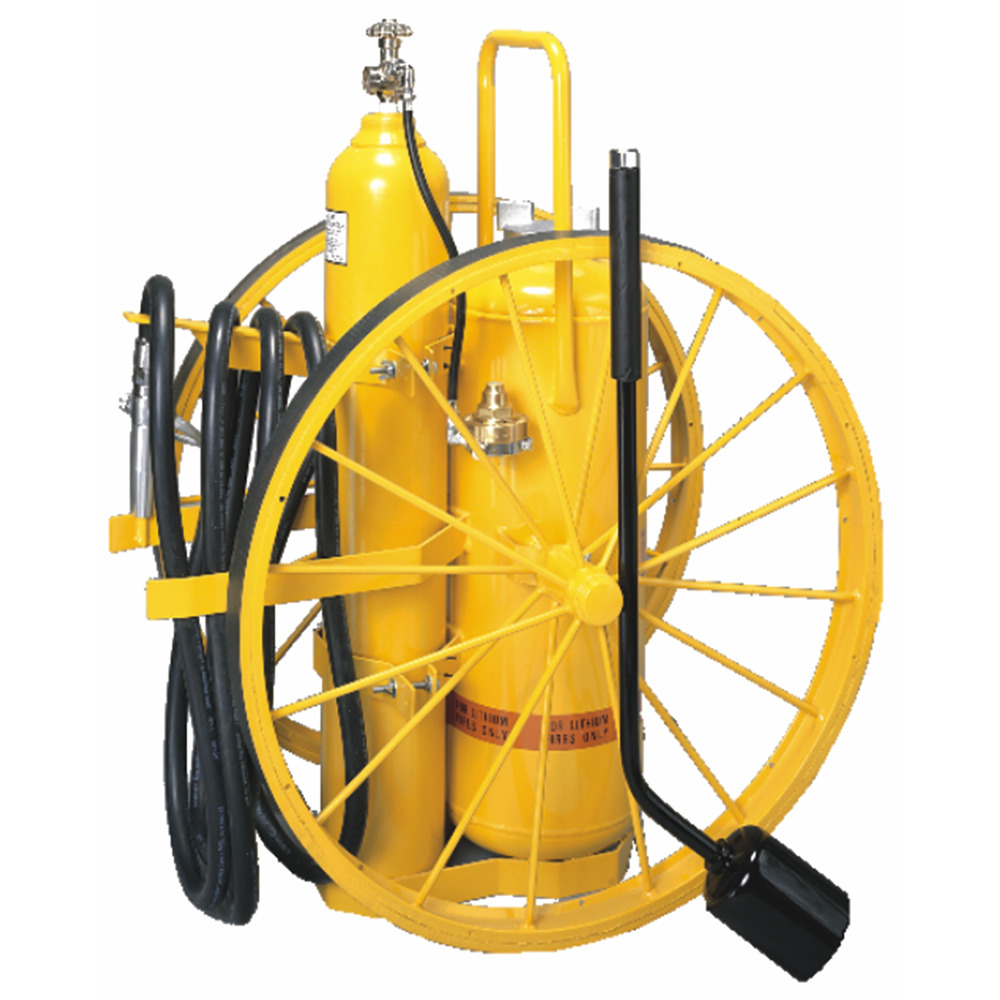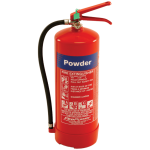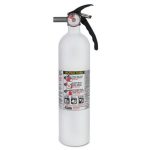Introduction to Class D Fire Extinguishers
Fire extinguishers are crucial for safety in any business. They act like ‘first aid kits’ for fires, controlling flames until professional help arrives. Knowing the right type of extinguisher is key to effectively handling a fire emergency.
The Importance of Fire Extinguishers in Business Safety
For businesses, the right fire extinguisher is a vital part of the safety plan. It protects lives and property during the critical moments of a fire. Companies must equip themselves with extinguishers tailored to their specific risks. This is crucial for business continuity and safety compliance.
Differentiating Among Fire Classes
Every fire is unique, depending on what is burning. Fire classes, designated A through F, help in understanding what extinguisher to use.
- Class A: flammable solids like wood, paper, and textiles
- Class B: flammable liquids such as oils and solvents
- Class C: gas fires, typically extinguished by cutting the gas supply
- Class D: flammable metals, which require special extinguishers
- Class F: cooking oils and fats
Knowing these classes assists in the selection of the appropriate ‘class D fire extinguisher used for’ metal fires and ensures the right response to various fire emergencies.
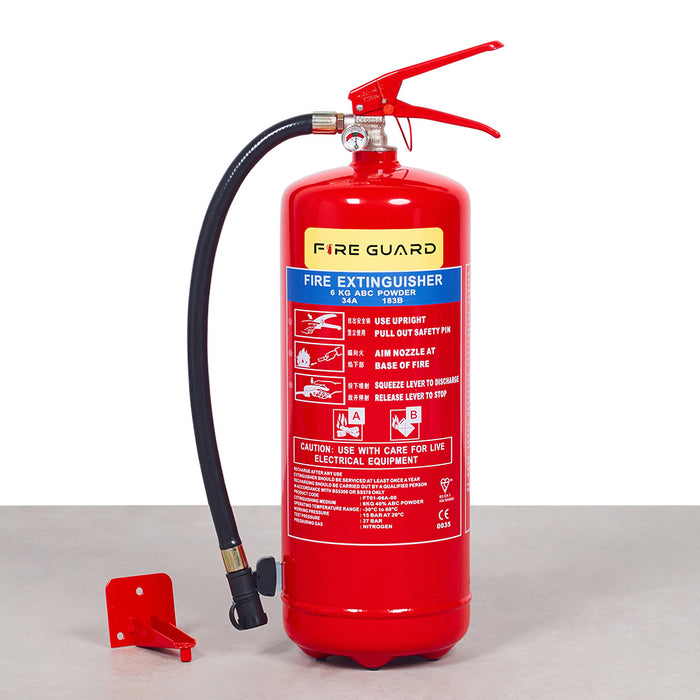
What are Metal Fires?
Metal fires, also known as Class D fires, involve combustible metals. These fires are unique due to the high temperatures needed for ignition and their rapid spread once started. Common metals that can cause such fires include magnesium, titanium, and aluminum.
Unique Properties and Risks of Metal Fires
Metal fires have distinct properties making them dangerous. They ignite at high temperatures, are intense and burn brightly. Water can exacerbate metal fires, leading to violent reactions. Such fires require a specific ‘class d fire extinguisher used for’ quenching metal flames effectively and safely.
Scenarios Where Metal Fires Commonly Occur
Metal fires often occur in places handling metals, like laboratories, factories, or metalworking shops. Environments with metallic dust or shavings are especially at risk. Due to this, facilities processing metals need class D fire extinguishers on hand to address potential emergencies promptly.
Selecting a Class D Fire Extinguisher
Selecting the right Class D fire extinguisher is critical for the safety of environments that handle combustible metals. To ensure you choose an extinguisher that’ll work effectively, comprehension of the specifications and the various types available is necessary.
Understanding the Specifications of Class D Extinguishers
Understanding the specifics of the Class D fire extinguisher could be the difference between a minor incident and a catastrophic fire. Class D extinguishers are designed to tackle the high-heat intensity of metal fires. An extinguisher’s label should detail its compatibility with certain metals, its extinguishing agent, and capacity. It’s important to match the extinguisher’s specifications with the metals your facility works with.
Types of Class D Fire Extinguishers and Their Uses
There are different extinguishers tailored for specific metal fire scenarios:
- Dry Powder Extinguishers are commonly used; they smother metal fires by isolating the fuel sources from oxygen.
- Sodium Chloride Extinguishers are effective for fires involving sodium, potassium, and their alloys.
- Copper Powder Extinguishers are suitable for fires caused by lithium and lithium alloys.
Each type houses a different extinguishing agent, selected for its ability to safely and efficiently inhibit the chemical reactions that fuel metal fires. It’s crucial to have the appropriate type that corresponds to the prevalent metals in your environments, such as laboratories, factories, or metal-processing facilities.
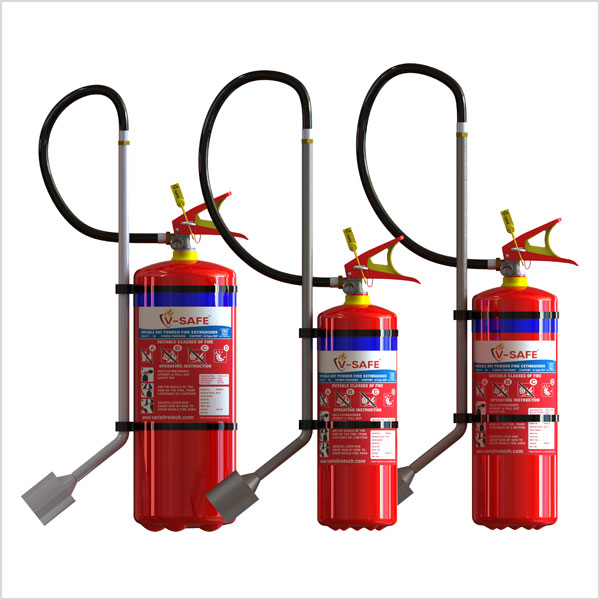
Using Class D Fire Extinguishers Effectively
Proper use of Class D fire extinguishers is vital in emergency situations. Knowing the operating procedures and best practices can greatly improve safety in metal-processing facilities.
Operating Procedures for Class D Extinguishers
When facing a metal fire, swift and correct application of the class D fire extinguisher used for quenching these blazes is crucial. Start by pulling the safety pin out. Then, aim the nozzle at the fire’s base. Squeeze the handle to release the agent and sweep side to side to cover the affected area. Remember, these steps should always follow your specific extinguisher’s instructions.
Best Practices for Fire Safety in Metal-Processing Facilities
Ensure a safe environment by embracing these best practices:
- Train staff regularly on the use of class D fire extinguishers and emergency protocols.
- Place extinguishers near possible fire spots, with clear access and signage.
- Conduct routine checks including inspection, maintenance, and replacement of fire extinguishers.
- Keep combustible metals separate and store securely to reduce fire risk.
- Establish a clear evacuation plan and practice it with all employees.
By sticking to these guidelines, businesses can minimize risks and ensure a rapid response to any fire involving metals. The class D fire extinguisher used for containing these incidents thus becomes an invaluable asset in safeguarding lives and property.
Compliance and Safety Regulations
Ensuring compliance with safety regulations is essential for any business handling flammable materials. Meeting these standards can help prevent fires and ensure a swift response if a fire does occur.
Meeting Legal Requirements for Fire Safety
Businesses must abide by fire safety laws to protect workers and property. These laws dictate which safety measures a company should implement, such as having the right types of fire extinguishers on site. For managing metal fires, a ‘class d fire extinguisher used for’ is a legal requirement in many industries.
When it comes to Class D fires, regulations often specify the need for suitable fire extinguishers within easy access of potential fire zones. Companies should verify that their safety practices align with current regulations to ensure they can properly handle metal fires. This may involve consulting with fire safety professionals who can advise on the correct types of extinguishers for different scenarios.
Regular Maintenance and Inspection of Fire Extinguishers
Merely having a ‘class d fire extinguisher used for’ metal fires is not enough. Routine maintenance and inspection are crucial. This means checking the extinguisher’s pressure gauge, ensuring it’s not damaged or obstructed, and confirming the seal is intact.
Regular service inspections, performed by licensed technicians, also ensure that the extinguishers function correctly when needed. Inspections are often required by law at set intervals, and records of these checks must be kept. By sticking to a strict maintenance schedule, businesses help guarantee their readiness for any fire emergencies.
It’s pivotal to understand that preparedness involves both compliance with laws and proactive safety management. Equipping a workplace with the right Class D extinguishers, ensuring they are correctly maintained, and training staff on their use are the foundation of fire safety.
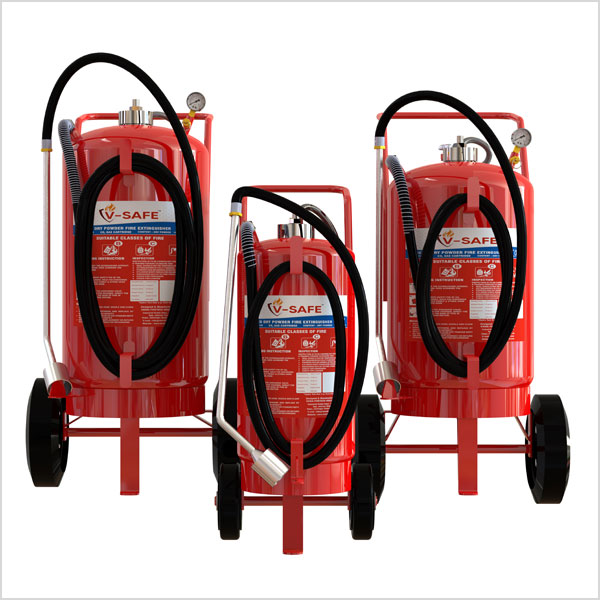
Purchasing the Right Type of Class D Fire Extinguisher
When you’re ready to buy a ‘class d fire extinguisher used for’ metal fires, several aspects are critical.
Key Features to Look for When Buying a Class D Extinguisher
Focus on key features that ensure safety and effectiveness.
- Check the extinguisher’s compatibility with specific metals.
- Ensure it has an extinguishing agent meant for metal fires.
- Look for approval labels from recognized testing organizations.
These features make sure you get a reliable extinguisher that can handle metal fires quickly and safely.
How to Choose the Appropriate Size and Capability
The extinguisher’s size and capability matter.
- Consider the size of your facility and the amount of metal processed.
- Choose an extinguisher with the capacity to cover potential fires.
- Larger facilities may need extinguishers with greater capacity.
By matching the size and capabilities to your needs, you enhance fire safety in your workplace.
Conclusion
When choosing a ‘class d fire extinguisher used for’ metal fires, it’s crucial to know the type and size needed for your business. Picking the right one ensures that you are prepared for metal fire emergencies. Recall that Class D refers to fires with combustible metals like magnesium, titanium, and aluminum. Selecting the proper extinguisher involves understanding its specifications and having the right type. Keep in mind, they come in different forms: dry powder, sodium chloride, and copper powder, each designed for specific metal fires.
Summary of Selecting and Using Class D Fire Extinguishers
The process starts with recognizing the risks and scenarios where metal fires may occur. Next, determine the correct extinguisher type by checking its compatibility with metals you work with. Then, ensure you understand the operating procedures and best practices for their use, which include training employees and maintaining clear access to the extinguishers. Regular maintenance is also essential; keep the extinguisher in good condition and up-to-date with inspections.
The Role of Class D Fire Extinguishers in Ensuring Safety
Ultimately, ‘class d fire extinguisher used for’ metal fires play a key role in safety. They help comply with legal fire safety requirements and protect both people and property. In any environment where metal processing occurs, having the right Class D extinguisher on hand is a vital aspect of emergency preparedness. It assures swift and effective response, minimizing risks and damage in case of a metal fire outbreak.
